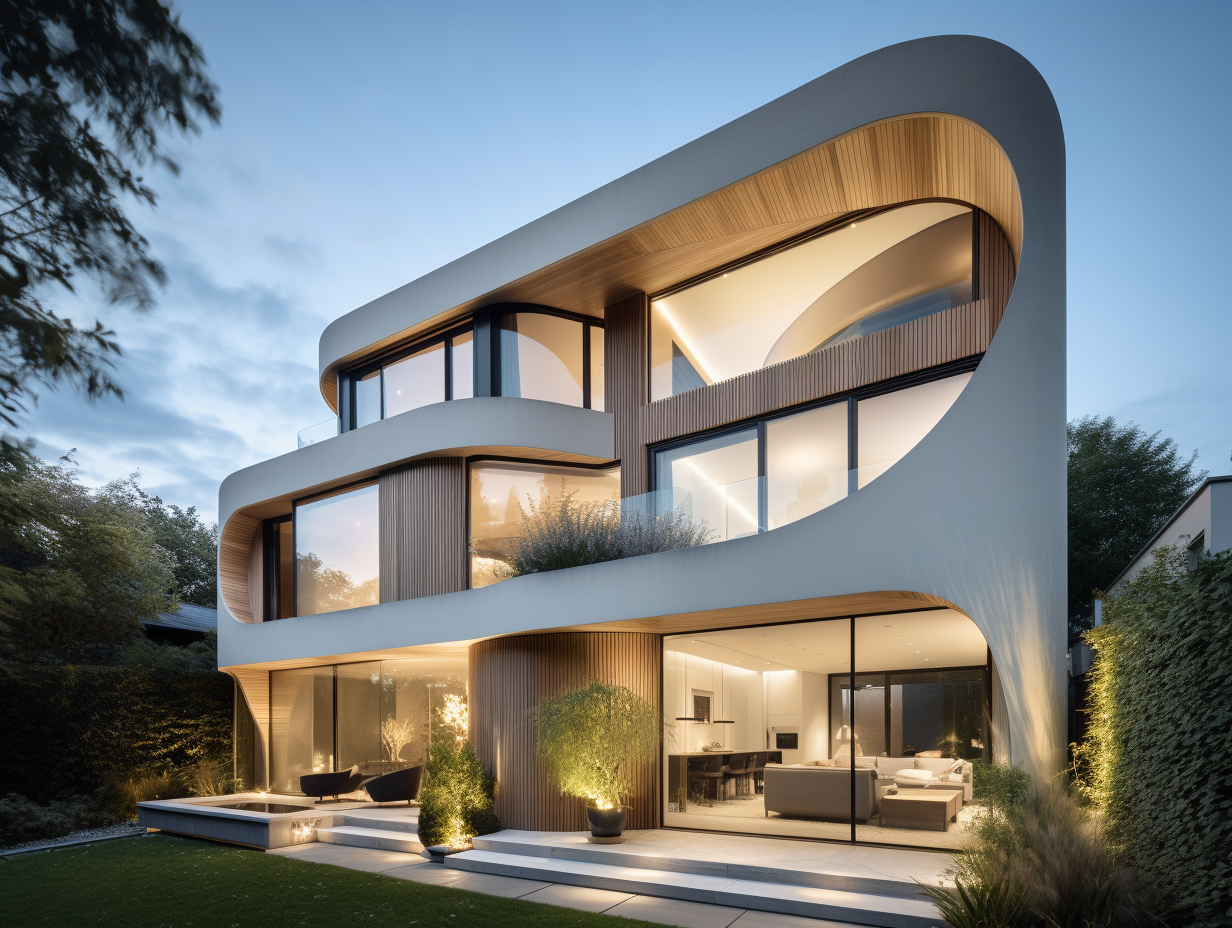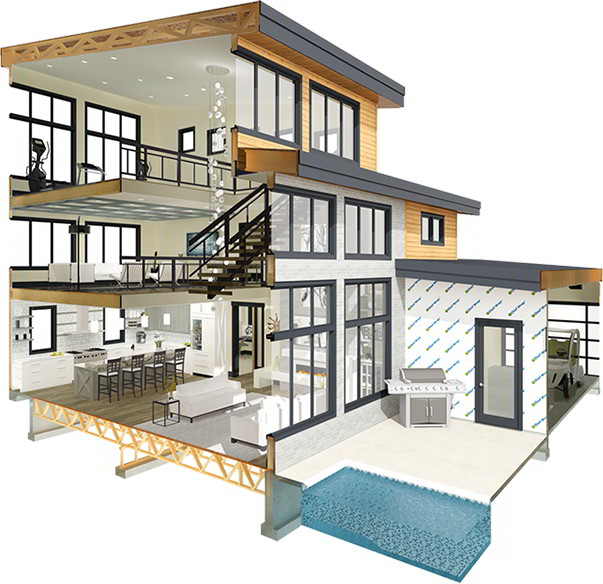Exactly How CDA Architects Supply Cutting-Edge Solutions for Lasting Style
Exactly How CDA Architects Supply Cutting-Edge Solutions for Lasting Style
Blog Article
A Thorough Review of Building Styles and Their Influence on Modern City Preparation and Growth
Building styles have long offered as a mirror to the social values and technological advancements of their time, playing a critical duty fit modern city preparation and advancement. From the grandeur of Neoclassicism to the practical technique of Brutalism, each style has actually introduced unique concepts that affect metropolitan aesthetics and capability. As contemporary challenges emerge, consisting of sustainability and area requirements, recognizing these historical structures ends up being necessary. The resulting dialogue not just informs future style practices however also increases relevant inquiries about the equilibrium in between heritage and development in our advancing city landscapes.

Historical Overview of Architectural Styles
Throughout background, building designs have evolved in feedback to cultural, technological, and ecological factors. Each period shows the prevailing worths, beliefs, and developments of its time, causing an abundant tapestry of layout that symbolizes human imagination and adjustment. The ancient civilizations, such as the Egyptians and Greeks, established foundational styles that emphasized balance and proportion, offering both useful and visual objectives.
As cultures transitioned via the Middle Ages, Gothic architecture arised, characterized by its verticality and elaborate outlining, mirroring the spiritual aspirations of the era. The Renaissance marked a resurgence of timeless ideals, combining art and architecture in cutting-edge methods that influenced succeeding designs throughout Europe.
The Industrial Transformation introduced brand-new products and construction strategies, triggering movements like Modernism, which challenged conventional kinds and accepted simpleness and functionality. The 20th century saw a diversity of designs, with Postmodernism responding versus the raw minimalism of its predecessor, integrating historical references and diverse aspects.
Today, architectural designs continue to evolve, driven by globalization and sustainability problems, showing a vibrant interaction between heritage and innovation (cda architects). This historical overview underscores the importance of style as a mirror of social evolution and as a stimulant for urban growth
Key Architectural Styles Explained
The diversity of architectural designs mirrors the myriad influences that form our constructed setting, each symbolizing distinctive characteristics and social significances. Key architectural designs consist of Timeless, Gothic, Baroque, Innovation, and Postmodernism, each representing special historical contexts and aesthetic approaches.
Timeless architecture, rooted in ancient Greece and Rome, stresses balance, proportion, and making use of columns. In contrast, Gothic design, growing between Ages, is identified by pointed arches, ribbed vaults, and flying buttresses, creating an ethereal top quality in basilicas. Baroque design, arising in the 17th century, is marked by splendour, fancy embellishment, and a vibrant interplay of light and shadow.
Modernism, which gained momentum in the early 20th century, prioritizes function over kind, utilizing brand-new products like steel and glass to create minimalist structures. Postmodernism, reacting versus the austerity of Modernism, embraces eclecticism and historical recommendation, commonly including lively components and paradox.
Recognizing these designs supplies understanding into the cultural stories and technical innovations of their corresponding eras, highlighting just how design offers not just as a sanctuary, but as a representation of societal worths and aspirations.
Influence On Urban Preparation
In forming the development of cities, architectural designs significantly influence metropolitan preparation decisions. The selection of architectural style commonly dictates More Info the aesthetic appeals, capability, and general personality of urban atmospheres.
Moreover, architectural styles can influence zoning regulations and land utilize policies. Urban planners have to think about the prevailing architectural fads when developing areas, ensuring that new advancements integrate with existing structures. This consideration cultivates natural city landscapes and boosts community identity.
The application of details architectural styles can additionally influence socioeconomic factors within a city. High-end modern styles might bring in upscale citizens and companies, leading to gentrification, while extra cost effective housing remedies may focus on functional and lasting styles to fit varied populations. Eventually, the interplay in between building styles and urban planning produces vibrant cities that mirror both historic context and contemporary needs, forming the lived experiences of their inhabitants.
Sustainability and Modern Design

Contemporary building activities, such as biophilic layout and green style, advocate for structures that integrate with their environments, making use of natural materials and advertising biodiversity. These designs commonly integrate renewable resource resources, such as photovoltaic panels and wind generators, to minimize reliance on fossil fuels and lower carbon impacts.
In addition, the combination of advanced modern technologies, such as smart structure systems, boosts energy monitoring, enhancing resource use while making certain occupant convenience. Innovative water administration strategies, consisting of rain harvesting and greywater recycling, further add to lasting metropolitan settings.
Notably, sustainability extends beyond environmental worries; it encompasses social and financial dimensions too. By cultivating community well-being and advertising inclusivity, modern-day architectural designs align with lasting advancement objectives. As a result, the development of architectural techniques continues to shape resilient cities that not just meet the needs of the here and now but additionally protect the future for generations to find.
Area Engagement in Design
Area interaction in design acts as a critical bridge between designers and the populaces they serve, making certain that the built environment mirrors the demands and desires of its individuals. This joint process welcomes community members to contribute their insights and preferences, promoting a feeling of possession and duty check my source towards the rooms they populate.
Efficient neighborhood engagement employs numerous approaches, such as workshops, surveys, and public discussion forums, to collect diverse perspectives. These approaches facilitate a two-way discussion, enabling architects to recognize local contexts while equipping locals to articulate their worries and needs. This inclusivity not only boosts the style top quality but likewise advertises social equity by addressing the distinct challenges dealt with by marginalized teams.
Additionally, neighborhood interaction can bring about innovative services that could not arise in a typical layout procedure. By integrating regional expertise and cultural values, architects can create areas that resonate more deeply with users, improving functionality and sustainability. Ultimately, focusing on neighborhood interaction in style procedures leads to atmospheres that nurture social interactions, support health, and reinforce neighborhood ties, thereby playing a crucial function in shaping modern-day metropolitan landscapes.
Conclusion
Building designs have exceptionally affected modern-day city planning and growth, reflecting evolving social and technological contexts. As cities continue to grow and adjust, the continuous dialogue in between building heritage and modern layout principles will certainly stay important in producing comprehensive, vibrant spaces that improve top quality of life and promote social equity.
Report this page